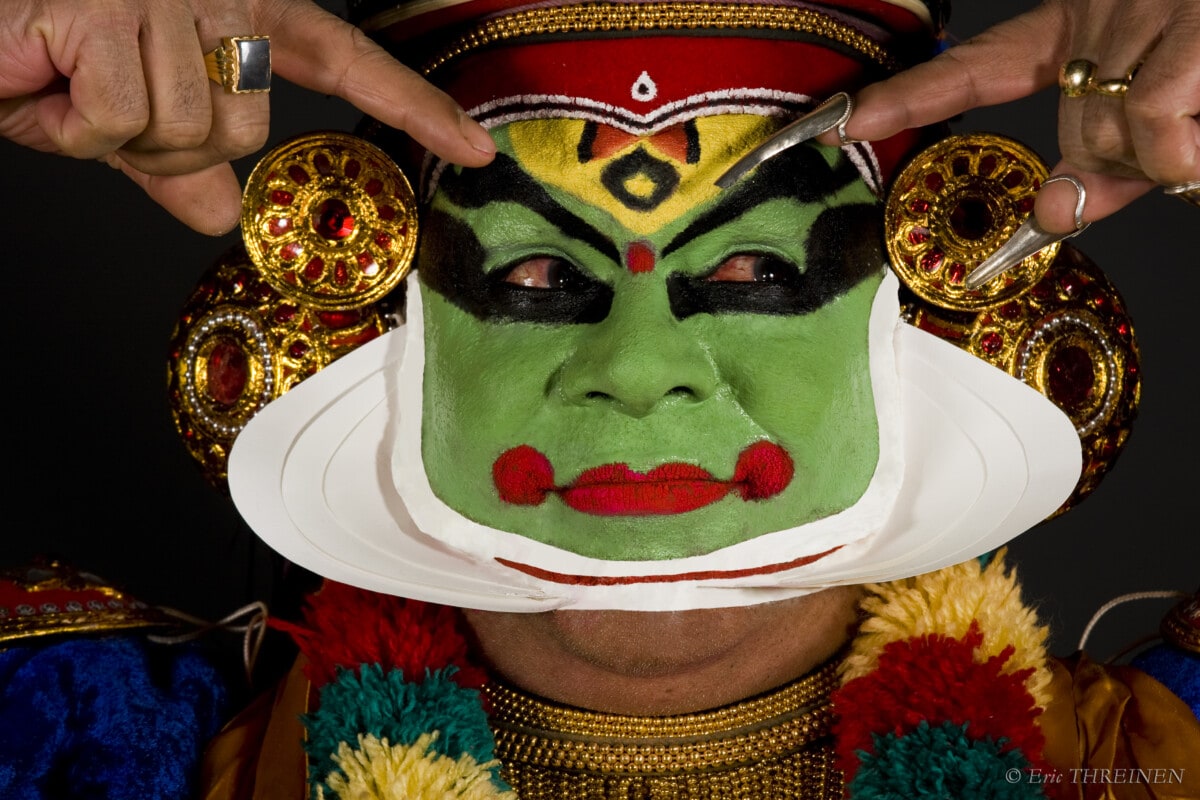Few countries in the world can claim to have a classical dance style of their own, and if they can, it’s usually just one or two at most. India, famous for its rich cultural heritage, takes the top spot for having the highest number of classical dance styles of anywhere in the world. In fact, there are so many dance forms which originate from India, that the jury’s out on exactly how many classical styles come from the country. Most can agree there are at least eight ‘major’ styles, and we’ve been fortunate enough at Milap to be able to invite artists to the UK from each of the dance styles over the years!
So let’s take a quick dive into the fascinating history of India’s big eight –

Bharatanatyam dancers Rama and Dakshina Vaidyanathan
BHARATANATYAM
Originating in the southern state of Tamil Nadu, Bharatanatyam was traditionally performed by Devadasis, temple dancers dedicated to serving deities. This captivating dance form gained recognition as a classical art, and over hundreds of years moved out of the temples and onto stages across India and beyond. Many key movements in Bharatanatyam can be linked to several Yoga asanas and the form is known for its intricate footwork, expressive hand gestures (mudras), emotion (abhinaya) and elaborate costumes. Bharatanatyam dance is performed to ‘Carnatic music’, the classical form of Indian music from South India. It is undoubtedly the most widely travelled form of dance as it is one which has moved with the Indian and Sri Lankan diaspora communities worldwide.
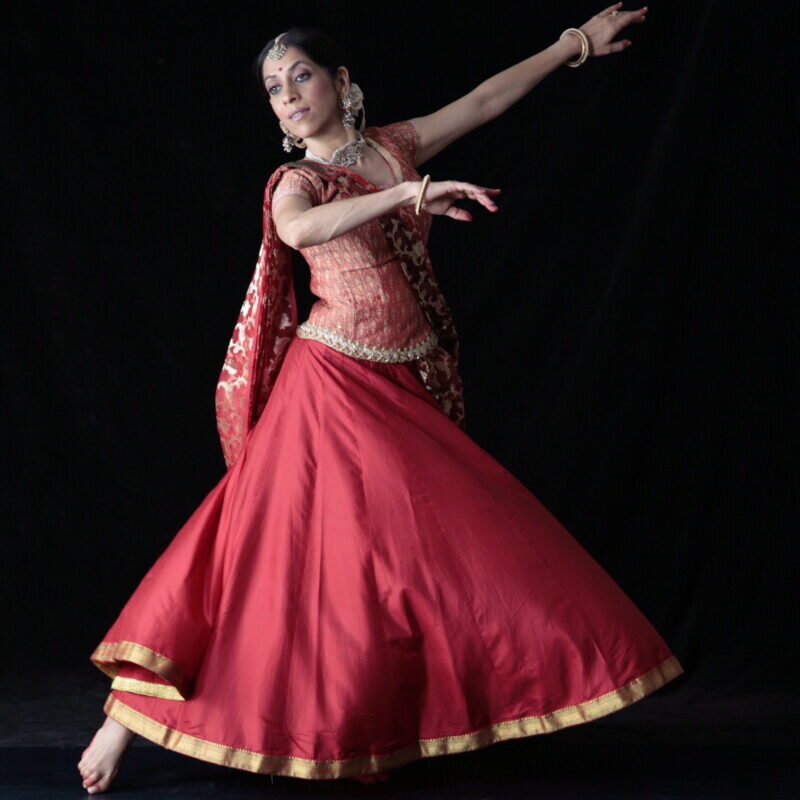
KATHAK
Hailing from northern India, particularly the state of Uttar Pradesh, Kathak has its roots in the Kathakars, who used dance and music to narrate mythological tales in ancient royal courts. With influences from Persian and Indian cultures, Kathak showcases rhythmic footwork, rapid spins, intricate hand movements, and expressive storytelling. There is a fascinating similarly between the spinning motion of the Whirling Dervish’s and the ‘chakkar’ spins of Kathak, both representing a symbolic journey towards spiritual enlightenment and union with the divine. It involves precise footwork, graceful movements, and a focus on attaining a trance-like state through rhythmic rotations. Similarly, there is a strong link between the intricate footwork, hand clapping, percussive foot stomping, and dramatic body movements of Flamenco and that seen in Kathak. Both forms are known its emotional intensity, storytelling, and rhythmic complexity.
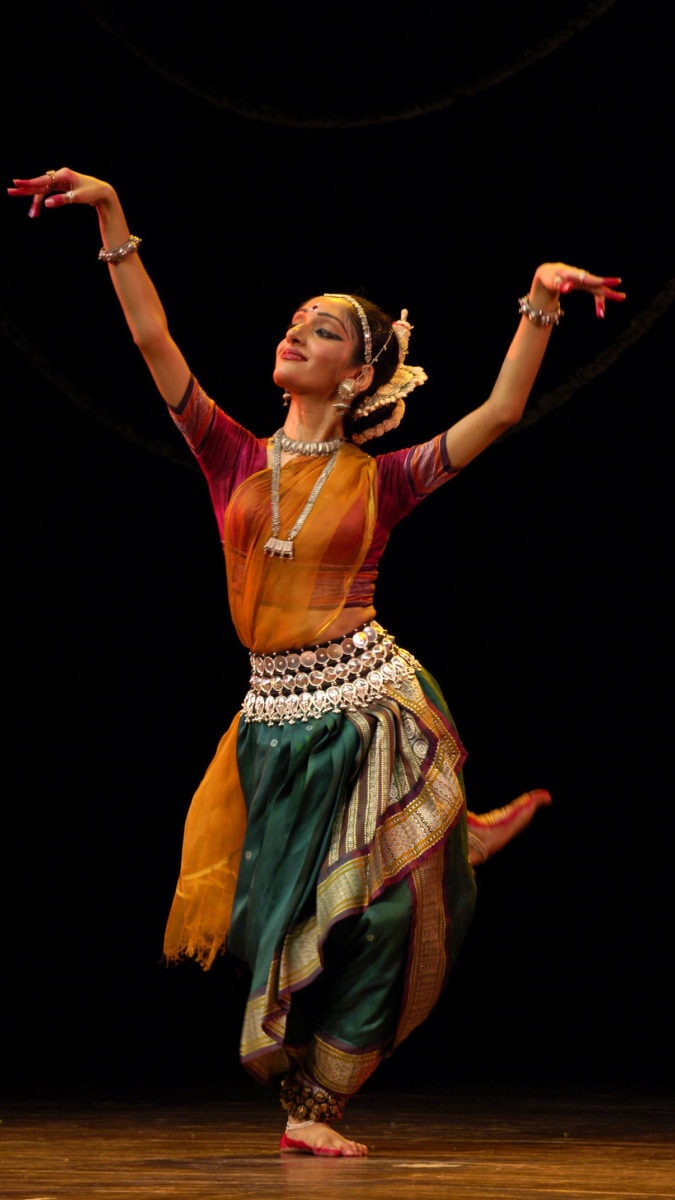
ODISSI
This form of dance has its roots in the North-eastern state of Odisha. Odissi draws inspiration from ancient temple sculptures in Odisha and texts. Once performed by Maharis, temple dancers who conveyed religious stories and folklore, Odissi experienced a revival in the 20th century. This graceful dance form is known for its fluidity, sculpturesque poses, and use of facial expressions.

KATHAKALI
Emerging from the beautiful state of Kerala, Kathakali combines dance, drama, music, and religious themes. Kathakali dancers undergo rigorous training and employ intricate hand gestures, elaborate facial makeup, vibrant costumes, and exaggerated body movements to portray characters from Indian mythology and epics.
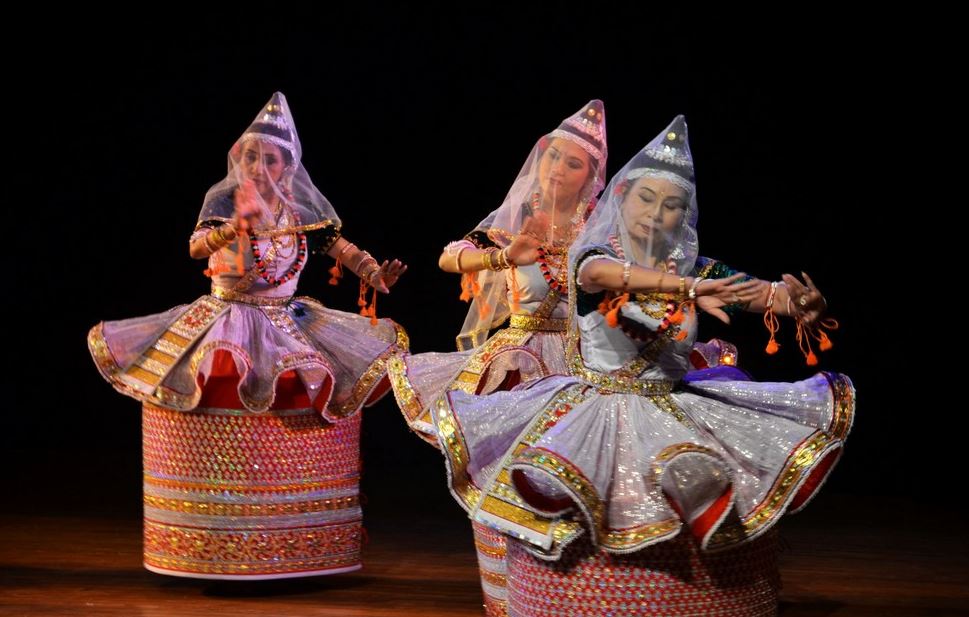
MANIPURI
A beautiful classical form, which is unfortunately rarely seen by audiences, Manipuri is deeply rooted in the Manipur region’s rich cultural traditions and religious practices. This dance form showcases gentle movements, delicate hand gestures, and features the unique cylindrical drum called the pung. It often depicts themes from Lord Krishna’s life and exemplifies the cultural heritage of Manipur.
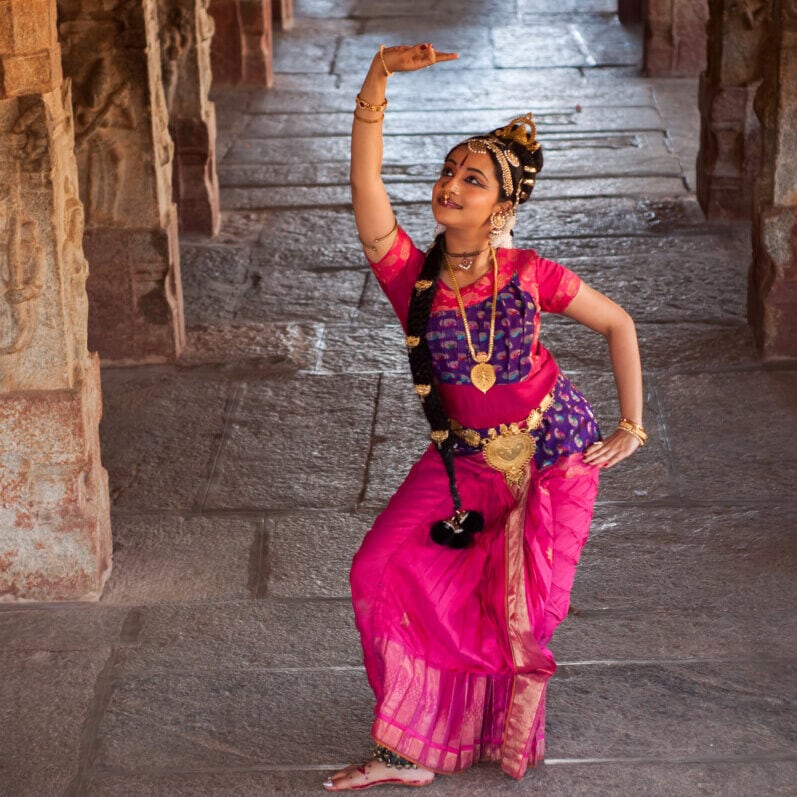
KUCHIPUDI
Coming from the state of Andhra Pradesh, particularly the village of Kuchipudi, this dance form evolved from the Bhagavatamela tradition. Kuchipudi combines dance, music, and dialogue to create a vibrant and expressive performance. It is characterized by intricate footwork, quicksilver movements, expressive facial expressions, and the mesmerizing Tarangam, where dancers balance pots on their heads while performing intricate footwork.
MOHINIYATTAM
Predominantly performed by women, Mohiniyattam is a classical dance form from Kerala. It takes its name from Mohini, the enchantress avatar of Lord Vishnu. Mohiniyattam showcases graceful movements, subtle expressions, and a gentle, wave-like motion of the body. This dance form beautifully blends elements of Bharatanatyam and Kathakali, creating a unique fusion of beauty and storytelling.
These Indian classical dance styles have evolved over centuries, preserving their distinct characteristics while adapting to changing times. With their aesthetic appeal, cultural significance, and timeless elegance, these captivating dance forms continue to mesmerise audiences worldwide.
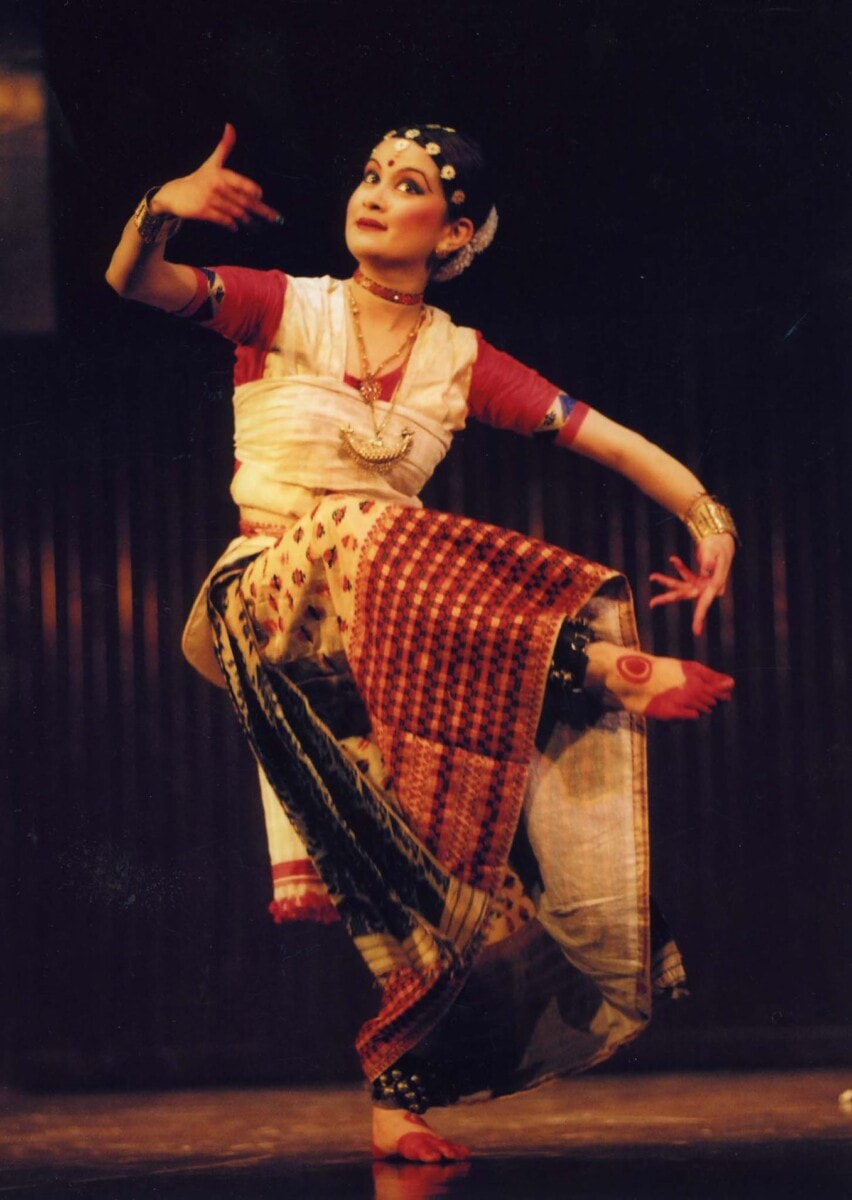
SATTRIYA
Sattriya, a captivating classical Indian dance style, traces its origins to the mystical lands of Assam, where it was born in the 15th century as a medium to convey religious stories and teachings. Rooted in the Vaishnavite tradition, Sattriya mesmerizes audiences with its grace, precision, and expressive movements that narrate the enchanting tales of Lord Krishna and his divine adventures. Accompanied by traditional live music, the dance showcases elegant footwork, intricate hand gestures, and emotive facial expressions that weave a spellbinding tapestry of devotion and spirituality. With vibrant costumes adding to the spectacle, Sattriya stands tall as a timeless cultural gem of Assam, brimming with the essence of art, faith, and tradition.
